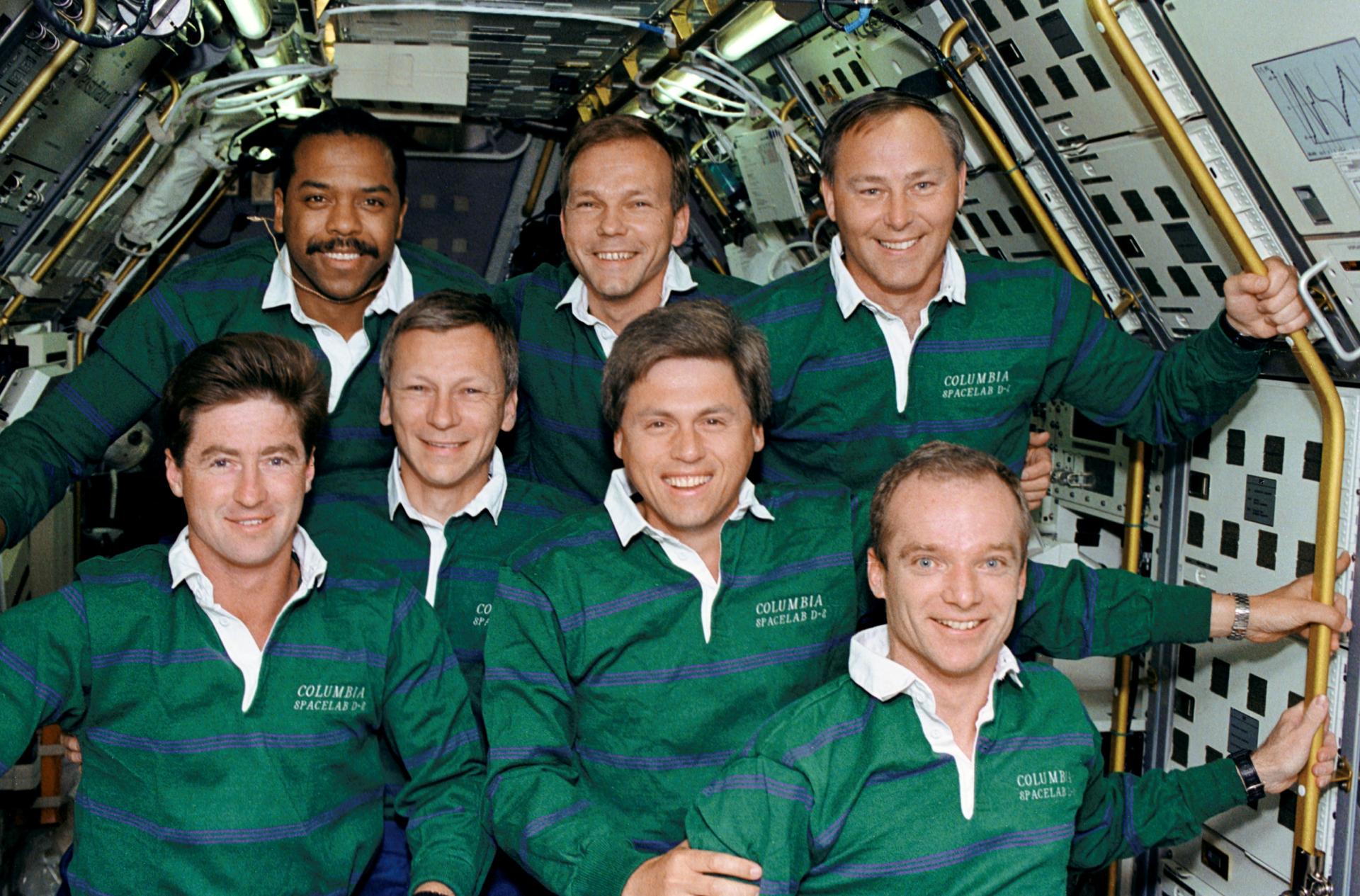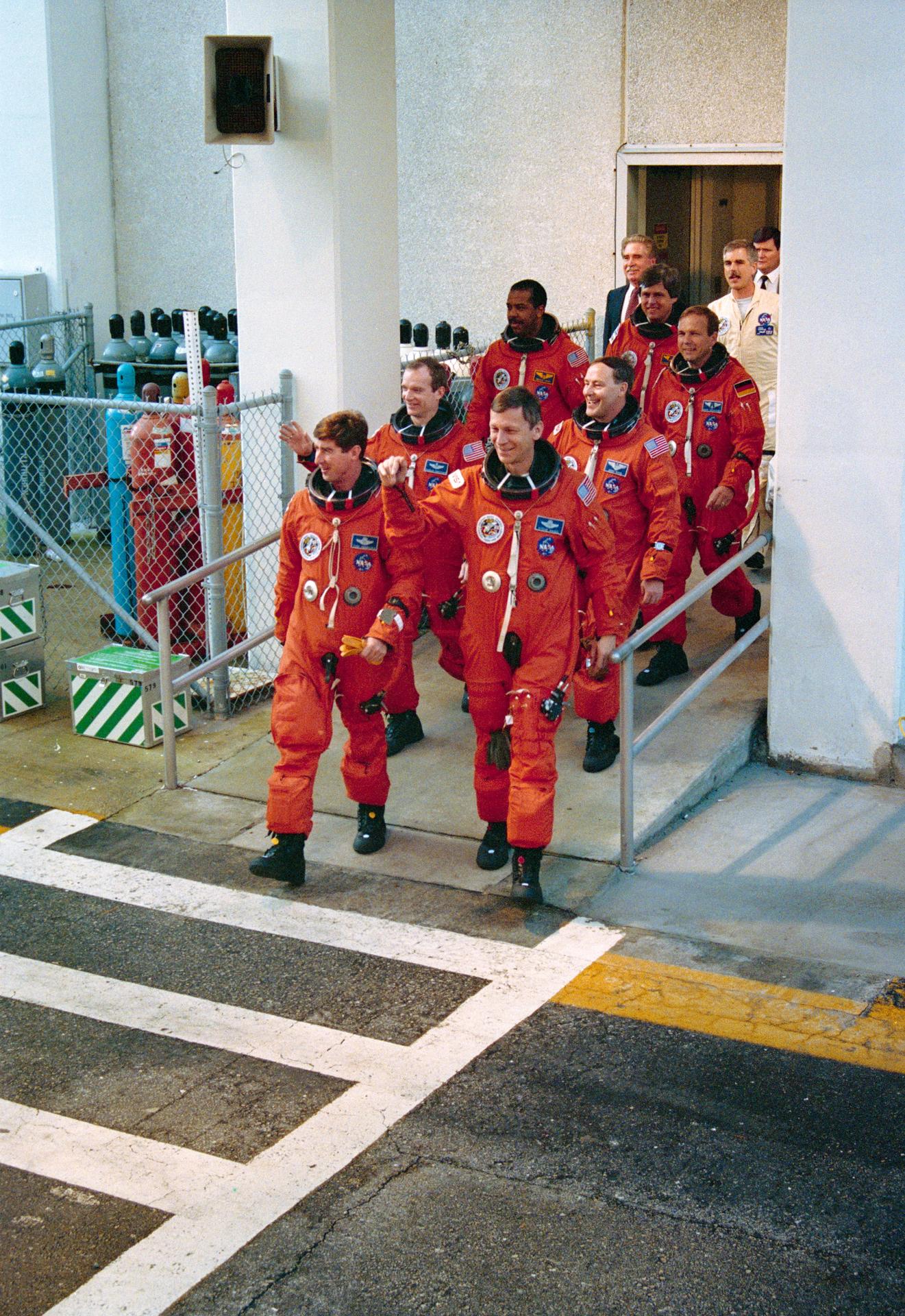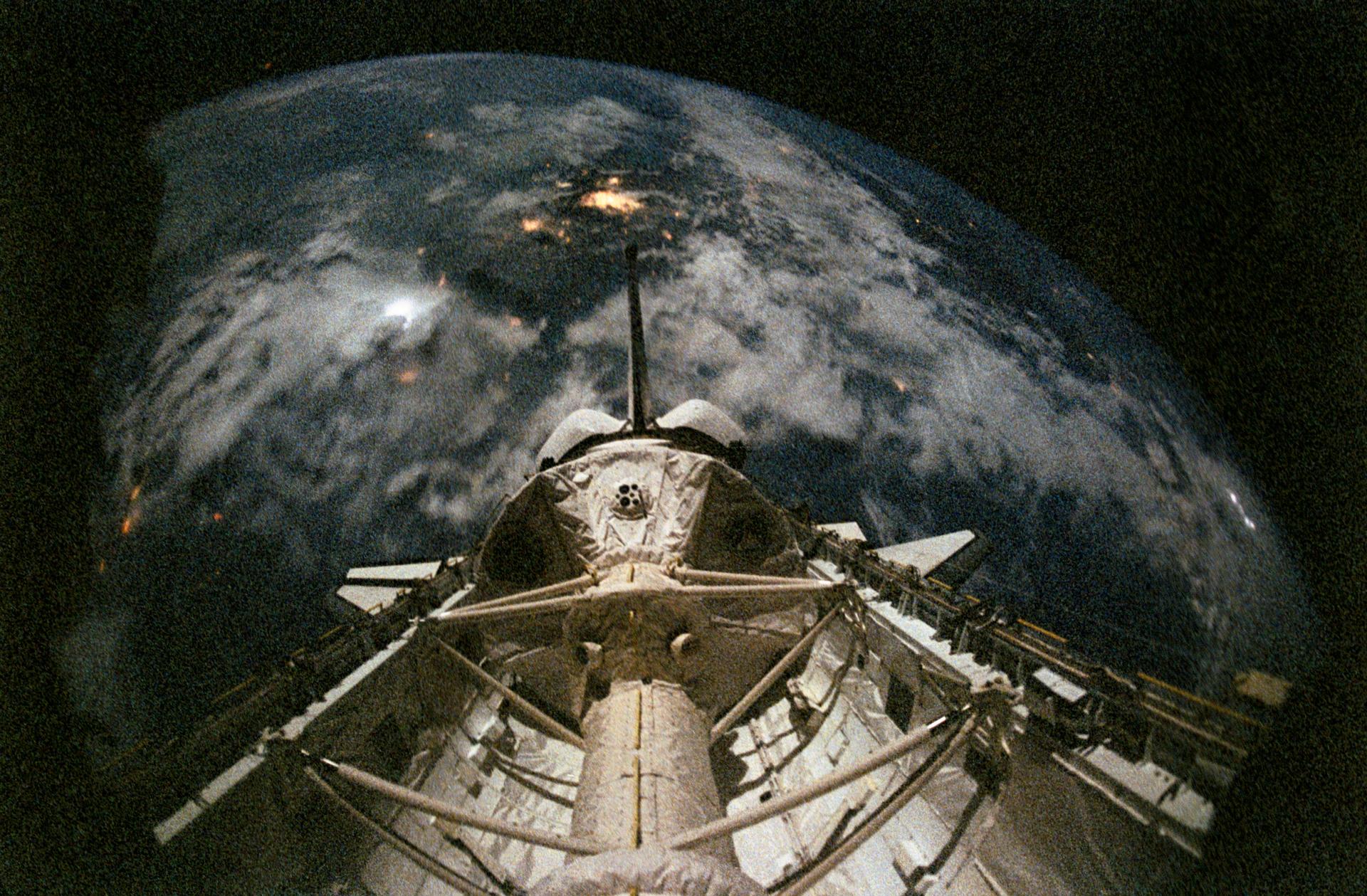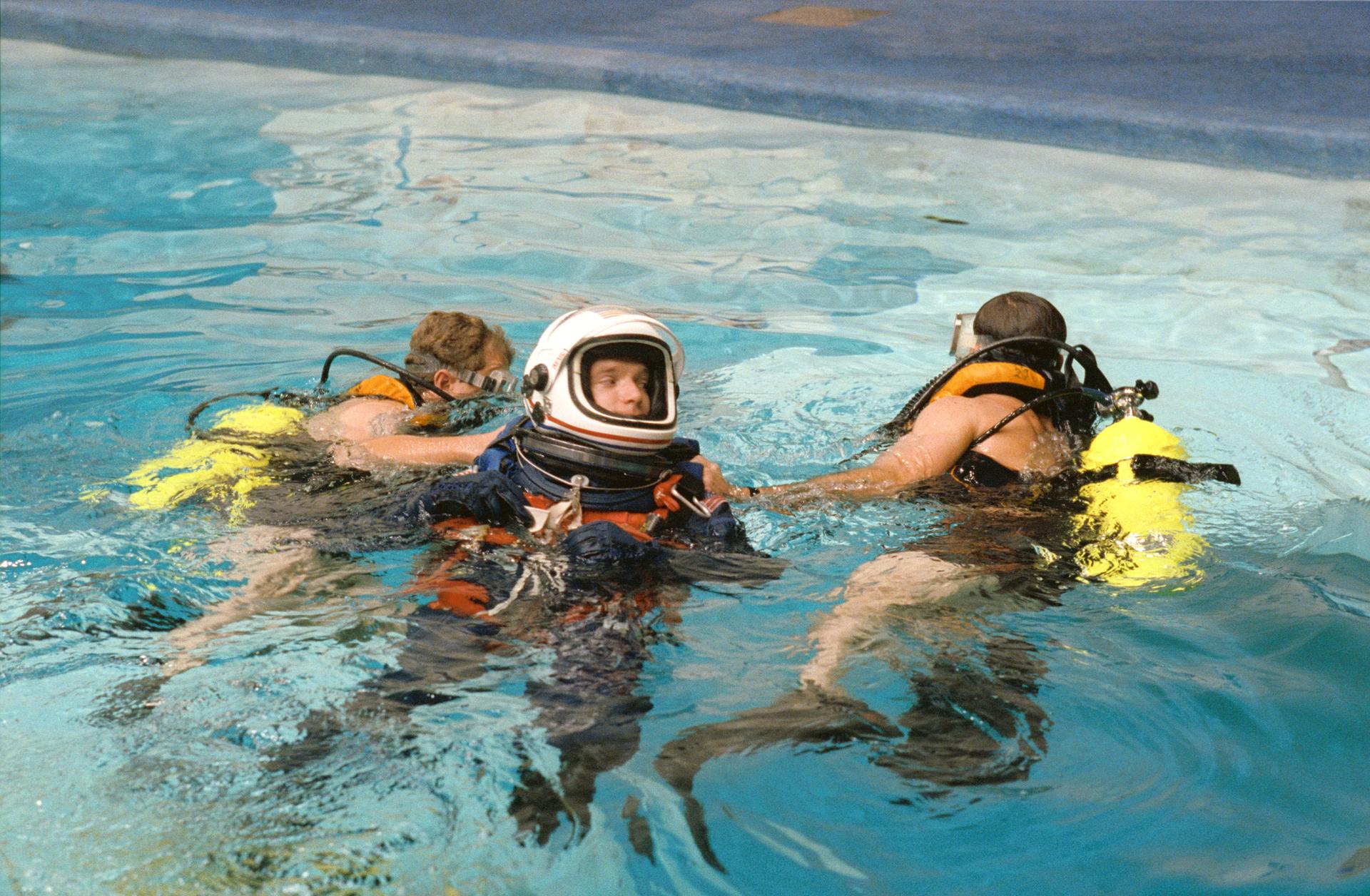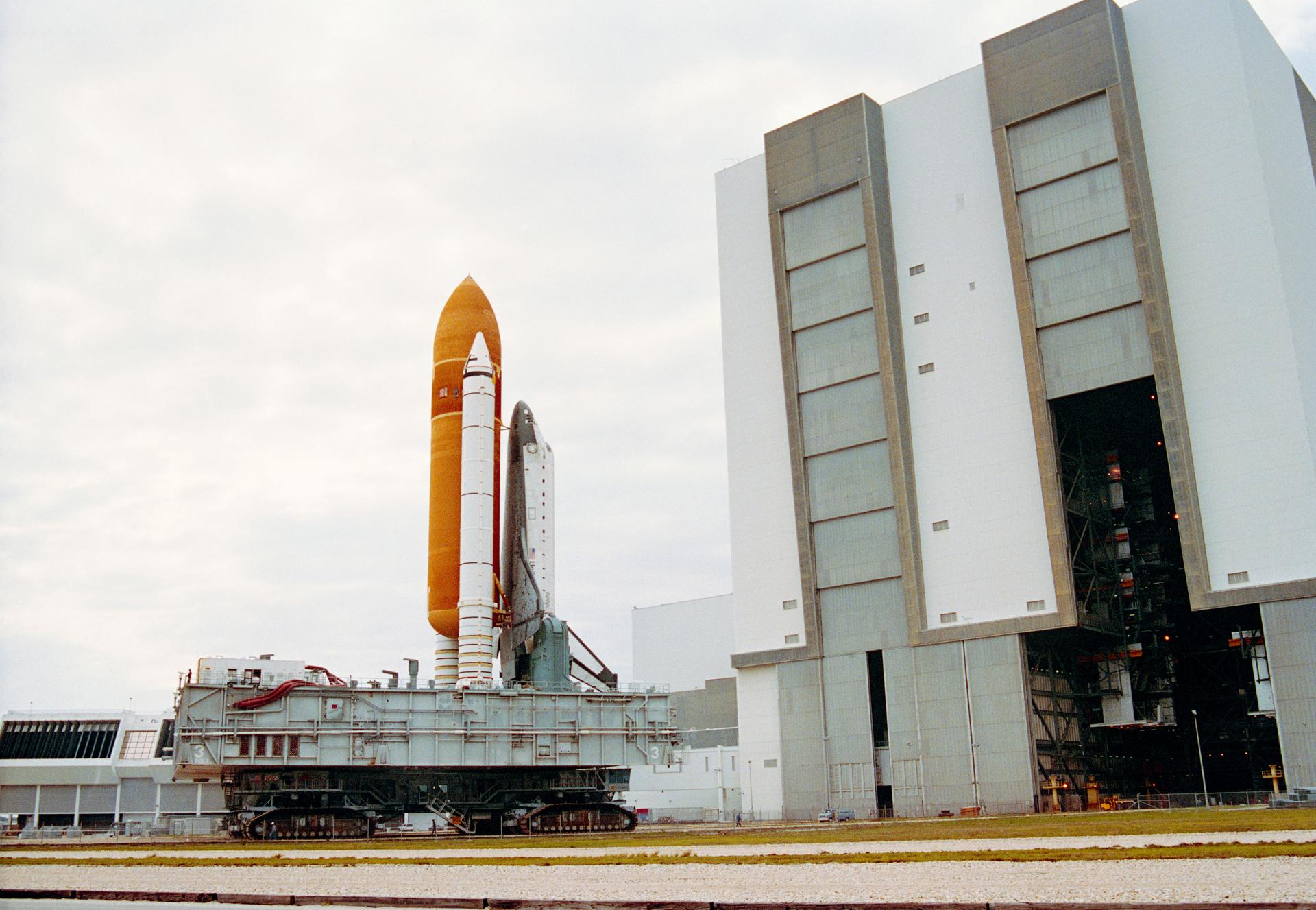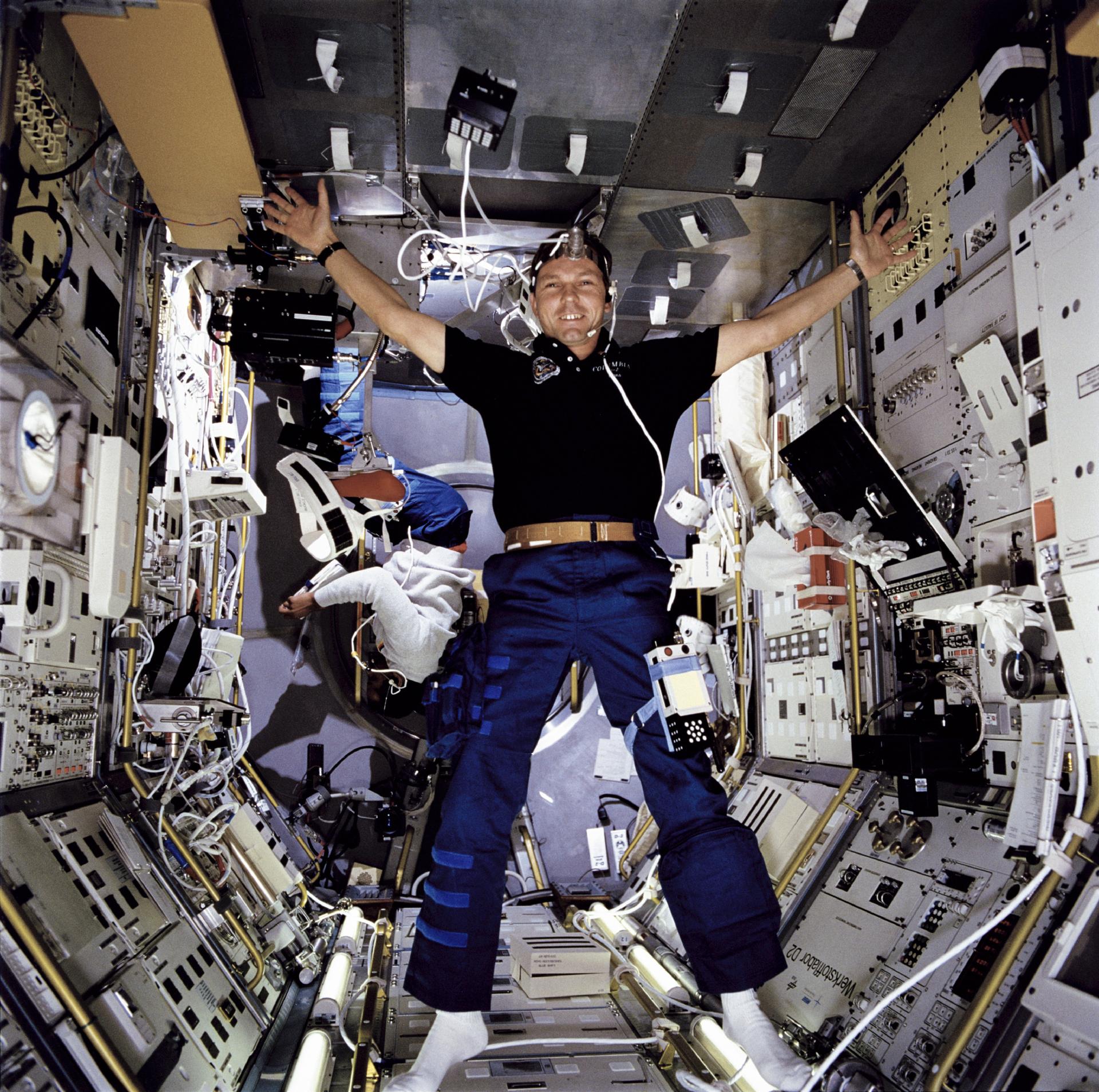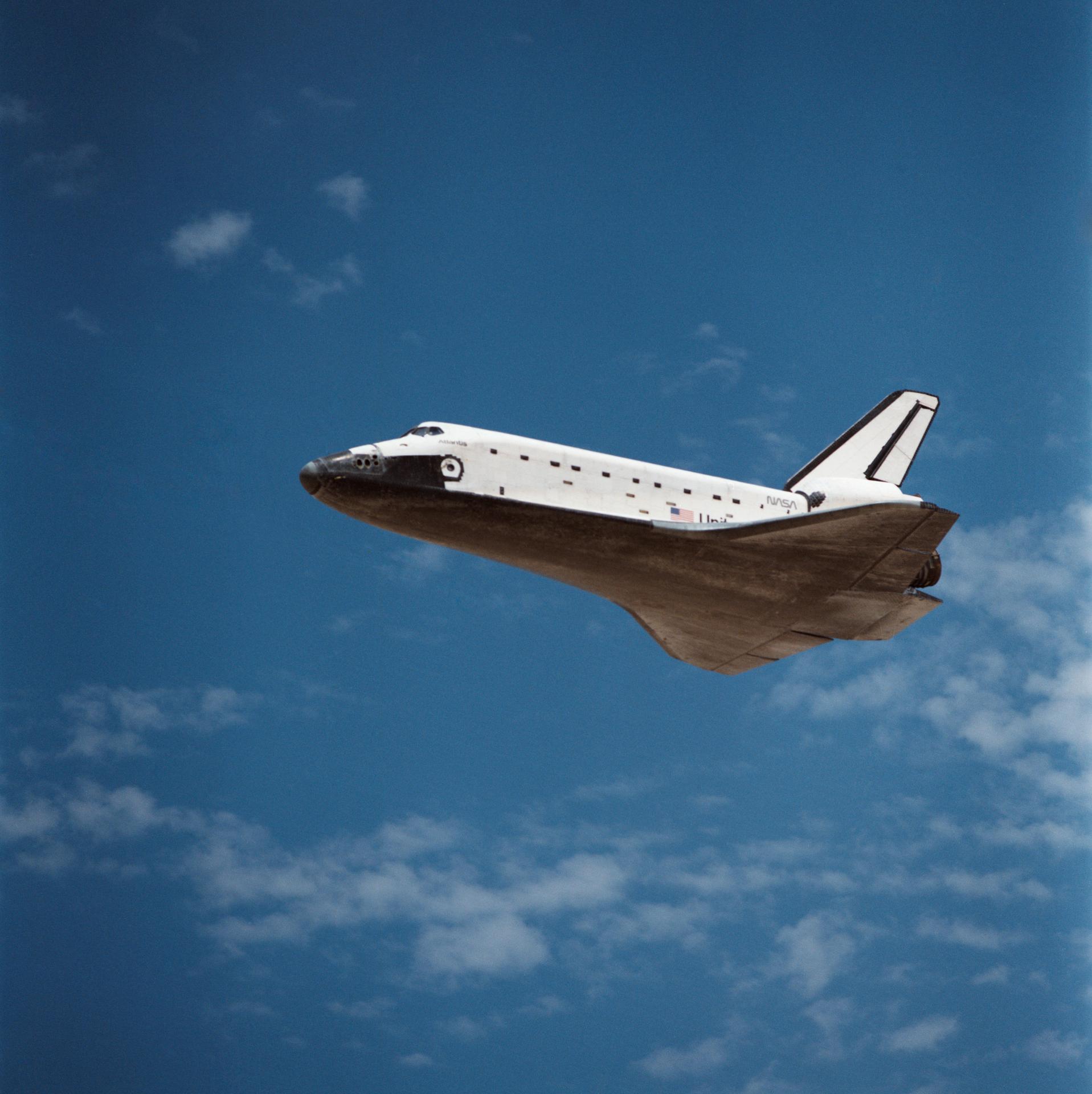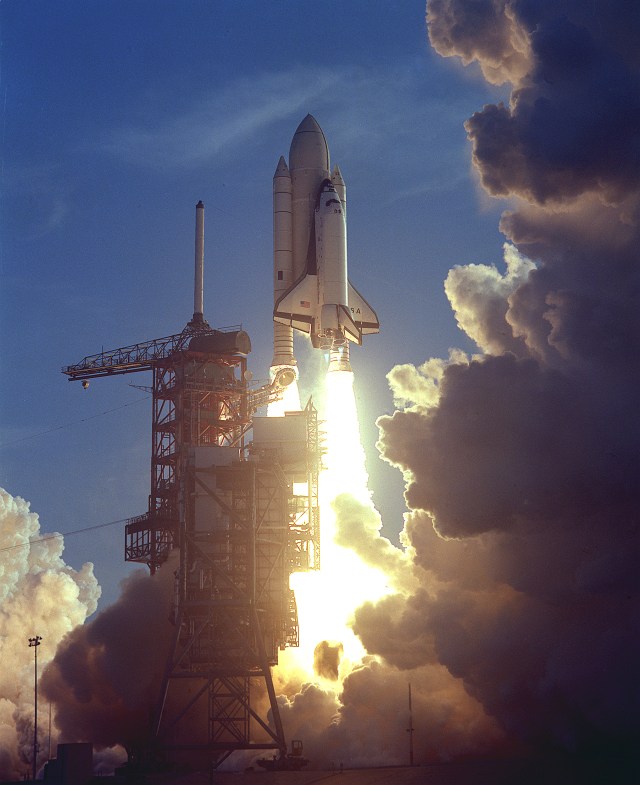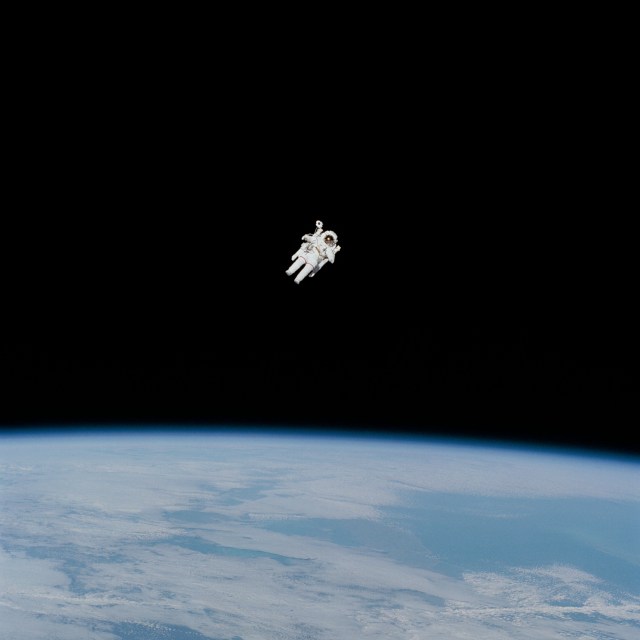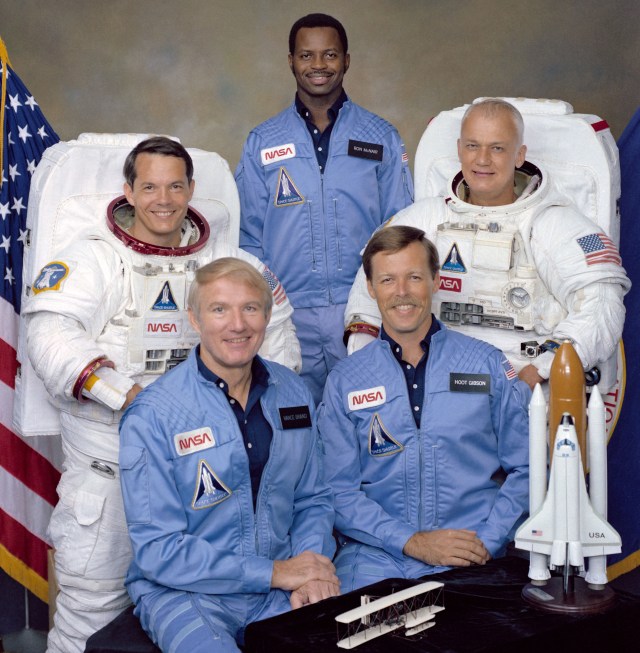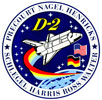
STS-55
Spacelab Mission
orbiter
mission duration
Launch
Landing

STS-55 Mission Facts
Mission: D-2 Spacelab Mission
Space Shuttle: Columbia
Launch Pad: 39A
Launched: April 26, 1993, 10:50 a.m. EDT
Landing Site: Edwards Air Force Base, Calif.
Landing: May 6, 1993, 7:29:59 a.m. PDT
Landing Weight: 244,400 pounds
Runway: 22
Rollout Distance: 10,125 feet
Rollout Time: 61 seconds
Revolution: 160
Mission Duration: 9 days, 23 hours, 39 minutes, 59 seconds
Orbit Altitude: 163 nautical miles
Orbit Inclination: 28.45 degrees
Miles Traveled: 4.2 million
Crew
Steven R. Nagel, Commander
Terence T. Henricks, Pilot
Jerry L. Ross, Mission Specialist
Charles J. Precourt, Mission Specialist
Bernard A. Harris, Jr., Mission Specialist
Ulrich Walter, Payload Specialist
Hans Schlegel, Payload Specialist
Launch Highlights
The launch was first set for late February and slipped to early March after questions arose about the turbine blade tip seal retainers in the high pressure oxidizer turbopumps on the orbiter main engines. When engineers could not verify whether old or new retainers were on Columbia, NASA opted to replace all three turbopumps at the pad as a precautionary measure.
The launch date of March 14 slipped again after a hydraulic flex hose burst in the aft compartment during the Flight Readiness Test. All 12 hydraulic lines in the aft were removed and inspected; nine lines were re-installed and three new lines were put in.
Launch was reset for March 21 and pushed back 24 hours due to range conflicts caused by a Delta II one-day launch delay. The liftoff attempt on March 22 was aborted at T-3 seconds by the orbiter computers due to an incomplete ignition of the number three main engine. The liquid oxygen preburner check valve leaked internally, causing overpressurized purge system which in turn precluded full engine ignition. This was the first on-the-pad main engine abort since return-to-flight, and third in program history (51-F and 41-D other two). The valve leak was later traced to contamination during manufacturing. NASA decided to replace all three main engines on Columbia with spares.
The launch was reset for April 24, but scrubbed early launch morning when one of the three inertial measurement units (IMUs) on the orbiter gave a possible faulty reading. The liftoff was postponed 48 hours to allow for removal and replacement of the IMU. The final launch countdown on April 26 proceeded smoothly. This was the last launch scheduled from Pad A until February 1994 to allow for pad refurbishment and modification.
Mission Highlights
D-2 became the second Spacelab flight under German mission management; around-the-clock operations performed by crew, divided into two teams. Some 88 experiments were conducted, covering materials and life sciences, technology applications, Earth observations, astronomy and atmospheric physics. Material science investigations were: Material Science Experiment Double Rack for Experiment Modules and Apparatus (MEDEA); Werkstofflabor (WL); Holographic Optics Laboratory (HOLOP); and on Unique Support Structure (USS) located aft of D-2 in cargo bay, Material Science Autonomous Payload (MAUS), and Atomic Oxygen Exposure Tray (AOET). Also located on USS, Radiation Detectors (RD) experiments. One crystal growth experiment yielded 0.78-inch (20-mm) crystal of gallium arsenide, largest produced in space to date.
Life science research performed with Anthrorack (AR); Biolabor (BB); and Baroreflex (BA). Anthrorack, advanced mini-diagnostic laboratory, allowed most comprehensive medical screening to date of human adaptation to weightlessness. Harris, a medical doctor, set up first I.V. (intravenous) line in space, injecting Schlegel with saline as part of study to replace body fluids lost during adaptation to weightlessness. Other payload crew members also participated.
Tests with Robotics Experiment (ROTEX), an advanced robotic assembly provided by Germany, were highly successful. ROTEX robotic arm performed first by capturing free-floating object in space via remote control from Earth. Crew achieved two-way communications with Crew Telesupport Experiment, which featured onboard Macintosh computer to establish data link with ground control. Five crew members communicated with school children worldwide through Shuttle Amateur Radio Experiment (SAREX); Nagel also made contact with Russian cosmonauts aboard the Mir space station.
Problems encountered were an overheating orbiter refrigerator/freezer unit in middeck which forced reliance on backup to store experiment samples, and a leaking nitrogen line in wastewater tank which required an on-orbit fix. Communications with Columbia was lost for about an hour and a half on May 4 due to errant command from Mission Control in Houston. On May 2, mission managers determined enough electrical power remained to extend the flight by one day.
STS-55
Shuttle News
Retired Space Shuttle Locations
Shuttle Atlantis – Kennedy Space Center Visitor Complex Shuttle Discovery – Steven F. Udvar-Hazy Center Shuttle Endeavour – California Science…
Read the Story




























